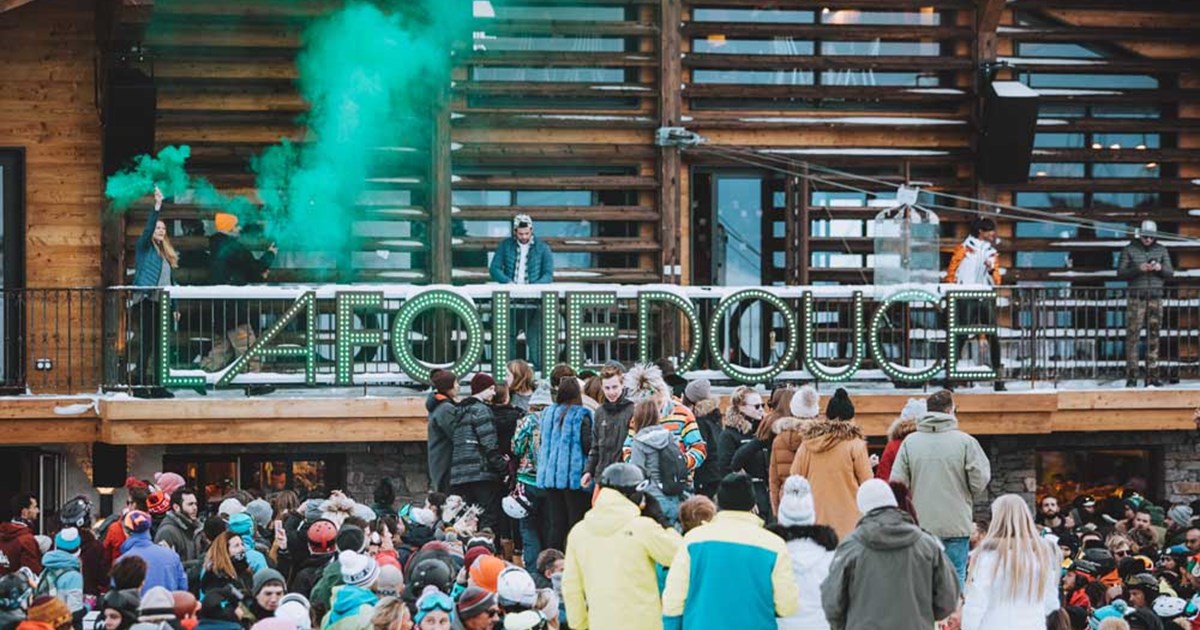Although we're having a great season so far here in theAlps, the overall trend, and the current season in the states doesn't make for encouraging reading.
Here's what Theo Spencer's blog was saying about the current snow fall trends in the states;
So far, it hasn’t been a great winter for skiers, snowboarders, snowmobilers and folks who depend on a lot of snow for their recreation and livelihood. Some states—Washington and Alaska—and some ski areas like Taos in New Mexico, and Telluride in southern Colorado, have gotten dumped on. But most resorts across the country are hurting for snow and hurting for dollars as a result. (See my colleague Kelly Henderson’s recent blog post on this topic).
Some people have been arguing that this is just a normal fluctuation that comes with El Nino and La Nina weather patterns as well as the position of the jet stream, and that a warming climate has nothing to do with it. You can see evidence of this in the comments in response to Kelly’s blog.
Those weather patterns certainly do effect seasonal precipitation. But what we’re seeing this winter is part of a trend which is the result of more than just the current La Nina weather pattern. It is also the result of a buildup of heat-trapping carbon pollution in the atmosphere. As the US Global Climate Change Research Program states, “Snowpack has reduced over the last 50 years, due to temperature.” See their very helpful map of the trend in decreasing snowfall near bottom of page 42.
NASA scientist James Hansen shows in a recent paper that heat-trapping pollution has loaded the climate dice. Not only are severe heat waves becoming much more likely, but the warmer atmosphere holds more water. In the summer that means heavier down pours when it rains and more extreme droughts when it doesn’t. In winter it means that a larger share of precipitation comes as rain rather than snow, but when it does snow we can expect bigger blizzards. California skiers know how frustrating this can be. Last year big blizzards often made it impossible to get to the slopes, and this year has been patchy at best.
Negative human impact on the climate and winter recreation hasn't been lost on people like professional snowboarders and skiers. Protect our Winters (POW) was founded by one of the pioneering and most celebrated boarders, Jeremy Jones, after Jones noticed that so many of the places he was riding all over the world had less and less snow as the years have gone by. Jones and fellow advocates Grethen Bleiler (an Olympic silver medalist), and extreme skiing champion Chris Davenport, have taken their argument to Washington, lobbying members of Congress to pass legislation to cut carbon pollution. Big retailers like The North Face, Patagonia, Vans and O'Neill are behind POW--these companies make a lot of money selling winter gear. Less snow and shorter winters mean lower sales.
Other internationally known winter sports athletes, including two time Olympic gold medalist Seth Wescott, are also getting involved in helping boost support for cutting heat-trapping pollution
In a related development, as the Washington Post reported recently, the Department of Agriculture released a new plant hardiness zone map that shows generally warmer low temperatures for winter than the department’s previous map from 1990. The zones cover all 50 states and Puerto Rico and were drawn from the average winter low temperatures between 1976 and 2005 at 8,000 weather stations. The Agriculture Department did say, though, that the new map is not specifically a tool to measure climate change and that many of the boundary shifts are the product of better and more complete data and sophisticated computer algorithms.
As to the trend of overall human-induced warming temperatures, check out the recent New York Times article reporting on a new striking video NASA produced showing how temperatures around the globe have risen since 1880.
While weather does fluctuate year by year, and El Nino/La Nina do have an impact, the long-term trend is less snow and earlier snowmelt. This means more frustration for snow sport enthusiasts and a negative impact on the snow sports industry just as we are seeing in so many parts of the country this winter.

No comments:
Post a Comment